Have you ever wondered, “How many baby clothes do I need?” Trust me, you’re not alone. Shopping for newborn baby clothes is a hot topic among new parents.
Filling your baby’s closet with adorable onesies, cute booties, and teeny tiny shirts is tempting. Who can resist? But here’s the thing: while stocking up on those irresistibly cute baby apparel is fun, there’s also the risk of overdoing it.
The dilemma is real: whether to have a bunch of outfits ready to reduce stress in case of accidents or invite tons of washing, folding and storing of newborn baby clothes.
So, what’s the magic number? How do you balance having enough outfits and not overwhelming the wardrobe? Let’s find out!
The Basics of a Baby’s Wardrobe
There is no set rule on the perfect number for your newborn clothes. You have the right to go all in and collect the latest fashions to welcome your bundle of joy. While there is no maximum number of cute baby clothes for you to buy, there is a minimum number.
As a parent, you must ensure that you have the right number of baby clothing so that your little one has smooth transitions between sizes and seasons as they grow.
Let’s quickly look at the average amount of baby apparel required, sorted by size, starting with newborn baby clothes.
Focusing on the Initial Few Weeks
Newborn Size Clothes
Stock up on newborn clothes and essentials when you’re expecting. Make sure you have 1-2 cute newborn baby clothes for the hospital and a bunch of them waiting to welcome them home.
Layering is key in newborn babies since they take time to regulate their body temperature. Long-sleeved onesies and long-sleeved sleepwear are comfortable options. On average, 14 newborn outfits, two for each day of the week, should suffice.
Tip: Keep things simple at this age, as babies tend to outgrow newborn clothes pretty quickly. They may not even get to wear an outfit twice, so it’s better to avoid any fancy outfits.
0-3 Months Clothing Size
While 0-3 months-old baby apparel is more flexible than their newborn counterparts, some tall babies wear this size when they are about a month old.
Stick to two outfits a day rule, so have 14 clothing pieces to experiment with at this age. While onesies and rompers look cute at this stage, you can always pair them with shorts and skirts to create a new look.
Tip: Your baby is still in the fast-growing stage, so take your time with extensive buying, but yet to! Also, watch for a baby clothes sale to keep expenses minimal.
Growth Spurts and Size Transitions: Preparing for Rapid Changes
3-6 Months Clothing Size
Transitioning into growth spurts, your baby is now preparing for rapid changes. They are older, more awake and more active than in their initial months. Since they are more interactive now, keep around 7 small bibs to catch the drool and 7 big bibs for their food introductory stage.
Tip: You can buy slightly fewer clothes now, as the bibs protect your baby’s garments. Pair up cute baby clothes and play with shirts, skirts, pants and shorts.
6-9 Months Clothing Size
Parents start introducing solids once the baby turns 6 months old. At this stage, babies usually stop spitting and do not have diaper blowout accidents, so you don’t have to worry about stains.
Depending on how social you and your baby are, 7 outfits for daytime and 7 for nighttime should comfortably get you through the week.
Tip: Include elastic waist pants with a comfortable knee part if your little one has started rolling and moving around; your baby might be crawling soon.
9-12 Months Clothing Size
By this time, you have a fair idea of how frequently your baby soils the clothes, which would require changing. Most parents stick to the 7 daytime and 7 nighttime outfits per week, but if you don’t do laundry frequently, go for some extra outfits.
With your baby’s first birthday just around the corner, you can build a wishlist for flared dresses, cool pants, trending shirts and comfortable shoes.
Tip: As your baby moves past the one-year milestone, it’ll grow a lot slowly so that you can invest more in a wider range of clothing items.
How To Wash Baby Clothes?
Now, with the number of outfits sorted, let’s see how you can get them cleaned.
In A Washing Machine
Cleaning baby clothes in a washing machine is convenient for multitasking parents. Most baby clothing can be washed using the washer and the dryer. You must follow the clothing label; some organic baby clothes require hand-washing and air-drying. Follow the instructions below to familiarize yourself with the basics.
What You’ll Need To Get Started
Baby’s skin is most likely sensitive to harsh ingredients; use a gentle detergent developed for sensitive skin with zero phosphates and free from dyes and perfumes.
Supplies
- Gentle laundry detergent
- Stain remover (if required)
- Soft-bristled brush (if required)
Tools
- Washing machine
- Dryer
Step 1: Sort Your Laundry
Baby apparel is tiny and delicate, so you must separate it from your family’s laundry. Make a ‘baby only’ pile before you begin washing.
Step 2: Check The Clothing Care Labels
Always check the clothing care labels before washing your baby’s clothes to ensure you use the correct washing cycle and temperature. You may need to sort further based on the type of fabric.
Step 3: Pretreat Any Stains
Baby clothes are prone to tough clothing stains such as diaper blowouts, spit-up or baby food. Pretreat soiled clothing with a stain remover or a detergent. Help break the stain with a soft-bristled, old, yet clean toothbrush.
Step 4: Prep Baby Apparel And Place It In The Washer
Prep your baby’s clothes to protect from wear and tear; button all the buttons, close zippers, and turn all the garments inside out to protect the seams.
Don’t forget to put small baby essentials like bibs and socks in a mesh so they don’t get lost. Place the load inside the washing machine.
Step 5: Add Detergent And Select A Cycle
Add the detergent, use lukewarm/cold (as per the label) water, and wash the baby clothes using a ‘normal’ or ‘gentle’ wash cycle, depending on the fabric. If your machine has the option, select ‘extra rinse cycle’. This will make sure all soap residue is washed properly.
Precaution: Newborns can be sensitive to chemicals; avoiding fabric softener, dryer sheets, and bleach is better.
Step 6: Dry Baby Clothes
Once the wash cycle is complete, recheck with the care label to see if the garments require tumble or air drying. You can prevent the organic baby clothes from shrinking by drying them on a low setting or hanging them on a drying rack or clothing rack for air drying.
Hand-Washing Baby Clothes
Just like machine-washing, you need to follow the care label for instructions. Generally, add detergent in warm water, agitate it, and soak baby clothes in for 30 minutes after you have pretreat stains. Rinse them until the water runs clear, wring and hang newborn baby clothes to dry.
It’s best to clean a stain immediately, but if it has been set, don’t worry. Use a mild, fragrance-free detergent or stain remover and scrub the area gently with a soft-bristled brush or an old, clean toothbrush. You may soak the garments in your tub for tougher stains.
How To Fold Baby Clothes?
As simple as it may sound, folding baby apparel is an art. Parents find it challenging to fold newborn clothes, especially onesies. Using the Konmari method, these steps will make the trickiest garment fold like a pro. Let’s see how you can fold baby clothes using a onesie:
- To get started lay the onesie (or any other garment) flat on a surface. Then, smoothen it out to get rid of any creases.
- Vertically fold them in half so that both sleeves are lined up and touching.
- Next, fold the touching sleeves on top of the body and then fold it again in half, horizontally, with the bottom and collar together.
- Finally, fold it horizontally into a compact rectangle and stack the folded items on top of each other.
- Once you master this technique, apply it to fold all baby clothes. This method also works for kids’ clothes but to a certain size.
Where To Buy Baby Clothes Online?
There is no match for shopping for a baby’s clothes store experience, but online shopping has gained widespread popularity. Online baby stores now offer baby apparel that perfectly blends practicality and style. A venture of two dads, PatPat is an online clothing store.
At PatPat, we ensure a seamless customer experience that brings quality, affordable, trendy outfits to your doorstep. We specialize in licensed character apparel and have an extensive range of adorable family-matching sets, but our variety doesn’t stop there.
We have a distinctive range from newborn baby clothes to organic baby clothes. We have designs that fit every little personality and suit different occasions. We don’t just sell clothes; we believe in building a community of families who value style, quality and cherishable moments.
Our clothing line offers an equal opportunity for babies to express themselves with comfort and durability that every parent appreciates. Let’s make the day brighter with PatPat, one outfit at a time.
Where To Sell Baby Clothes Online?
Selling baby clothes online is a great way to declutter and make extra cash. Here are some popular platforms where you can sell baby clothes:
- eBay is a well-known marketplace where you can auction or even sell items at a fixed price.
- Facebook Marketplace is super convenient to use and allows you to sell to people in your local vicinity.
- Etsy is a great platform to reach buyers looking for unique baby items if you have handmade or vintage baby clothes.
- Craigslist is ideal for selling locally, where you can list items for free.
- Instagram accounts can be dedicated to selling baby clothes and using relevant hashtags to reach potential buyers.
Note: When selling online, take clear photos, write detailed descriptions, and price your items competitively to attract buyers.
Start Planning Your Baby’s Wardrobe!
Now that you know how many newborn baby clothes you need, get started and ensure you have all the right outfits prepped for your baby’s first year.
Always remember that while the type and quantity of the selected baby clothes are important, you need to keep quality your top priority. Invest in organic baby clothes that can withstand stains and frequent washes.
Choose lightweight, airy, super comfortable, and soft materials for your baby’s sensitive skin. Start building the ultimate baby wardrobe today, right here at PatPat.

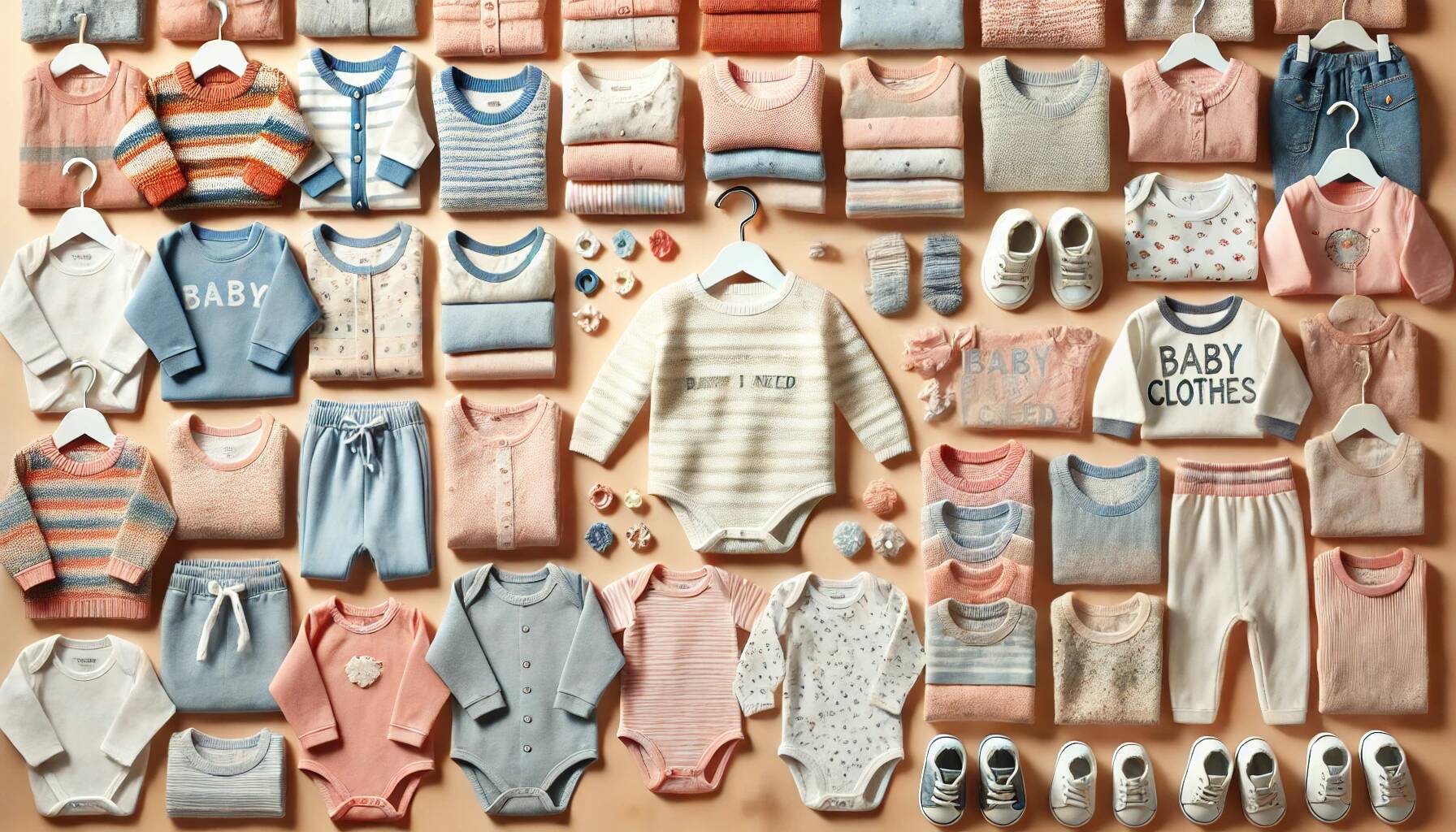
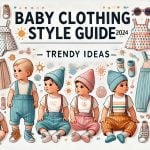
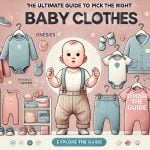

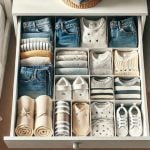
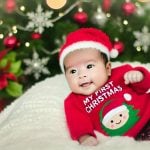


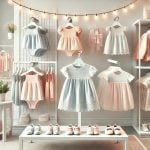
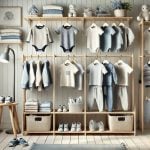





Leave a Reply